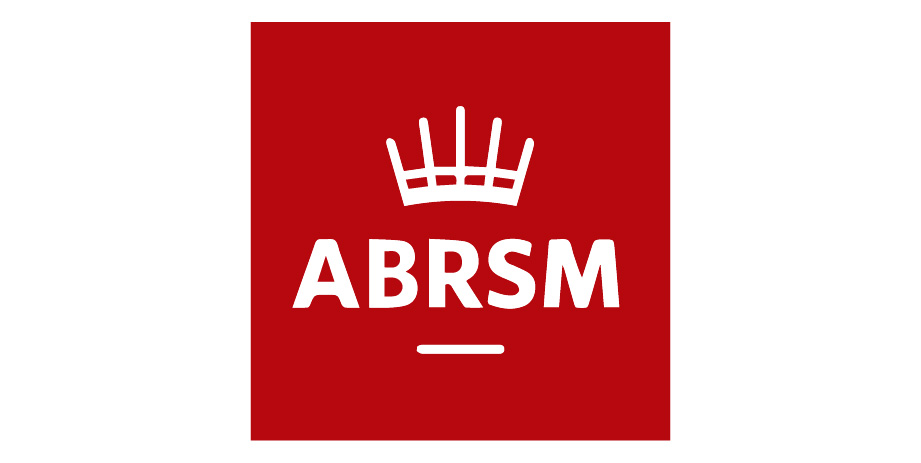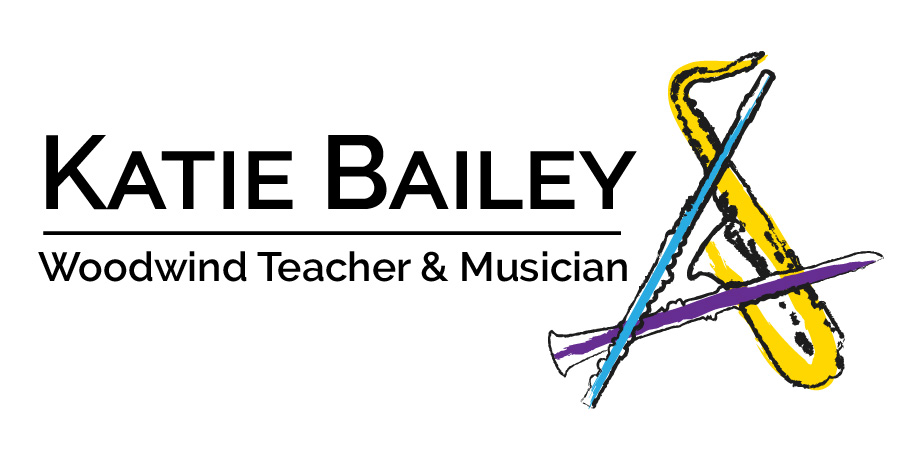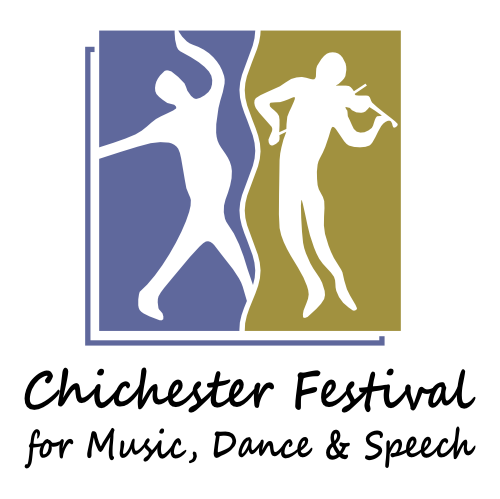Though the benefits of improvisation are perhaps not as tangible as those of playing from a score, it is unquestionably one of the best ways to stimulate the musical mind. Many famous composers were gifted improvisers; Mozart, Chopin and in particular Bach to name just a few. A well-rounded musician may improvise in any key and in any style that he or she wishes to, yet it is a form of music that many do not dare explore.
Perhaps it is because improvising is strongly associated with jazz, there are some who do not enjoy the style who are deterred. The perception of freeness and chaos also discourages many who are more comfortable within the confines of the musical score. For those approaching improvising for the first time, the sheer magnitude of possibilities is often overwhelming. So what are the first steps one can take into the world of improvisation?
Creative building blocks
Starting Out: Improvising Rhythms
All of my students will improvise on their first lesson with me. We begin with rhythms. After the three most basic note values are introduced (crotchets, minims and semibreves) the lesson will progress to a series of clapping exercises. These will culminate in the student echoing clapped rhythms improvised by the teacher. After a few successful attempts, the student is then encouraged to make up their own rhythms for the teacher to clap back. This is improvising at its most basic and essential.
Next Steps: Improvising Melodies
When improvising for the very first time, many students struggle to know where to start or what to play. These difficult questions were answered for me when I was first looking through Karen Marshall and Heather Hammond's excellent Get Set! tutor book series, which begins with a piece called Black Key Bounce. The teacher will play a chord progression in the lower register of the piano (Ebm, Gb/Db, Bbm7, Ebm) whilst the student plays anything at all on the upper black keys.
Here the student is improvising using the pentatonic scale, a five-note scale laid out in such a way that it is impossible to play a "wrong" sounding note (where we define "wrong" as something the ear would disagree with).
Often, students will ask me if they can start using the white keys, to which I will invite them to try the same exercise using white notes instead of black. Inevitably, what is played is considerably less pleasing to the ear than the sounds produced when playing the black keys alone.
At this point, I will explain that the reason black key improvisations always sound good is because the groups of twos and three make a pentatonic scale. An emphasis on the gap between the group of three and the group of two is important, as it will help the student to work out pentatonic scales on the white keys.
An illustration of how a pentatonic scale is derived from the traditional seven-note diatonic scale. The major pentatonic uses degrees 1, 2, 3, 5, and 6. The minor pentatonic uses degrees 1, 3, 4, 5, and 7. Note how if we begin the C minor pentatonic demonstrated above on the 3rd degree of the scale - in the case, an E-flat - then it becomes an E-flat major pentatonic (the relative major of C minor). Similarly, if we begin the C major pentatonic on the 6th degree of the scale - in this case, an A - it is transformed into A minor pentatonic (the relative minor of C major).
This is one of the easiest forms of melodic improvisation. It is simple to understand, fun and a great exercise. From this, the foundations of creative improvisations can be laid.
Many students start off by doing something which I call "waddling". Waddling is where the pianist always moves to the next key along without missing or repeating any notes. It does not produce very inventive melodies, as there is no definable tune for the ear to pick up. I challenge anyone to improvise or compose a memorable piece of music by waddling. I am sure it won’t be long before you end up repeating yourself with the limitations waddling has.
“There is a lot of joy to be had in improvising melodies on their own. It is an easy way to introduce a lot of musical concepts - such as tonality, phrasing, and motivic writing - while also being a lot of fun. Additionally, ideas generated during these practices can be written down to be used in compositions later on.”
The first step away from waddling is to use repeated notes. When improvising, many students initially feel the need to include as many notes as possible. This creates a rather cluttered sound; surprisingly for some, the more simplistic the music is, the more memorable it becomes. It does not take very much to make a melody distinctive, and usually, this is accomplished rhythmically rather than melodically.
To practise improvising distinctive rhythms, we use the same exercise I mentioned earlier of improvising clapped rhythms for the teacher to echo. The difference this time is that instead of clapping, the student will play their rhythms on one or two of the black keys on the piano. As the student’s improvising grows in confidence, they are encouraged to include more notes, while still keeping within a limited overall range.
Basic tonality
Finally, we come to the concept of making an improvisation sound "finished" by starting and ending it on a given note (usually G-flat or E-flat, as they are the only two triads that consist entirely of black keys). I explain how doing this gives the music a tonal centre that it always wants to return to. It does not take very long for the student to build a motivic and rhythmical improvisation with a beginning and an end.
Bringing melodies to life
All of the above is covered in the first lesson. In subsequent lessons, I will often suggest that students warm up with a black key improvisation while remembering to establish a tonal centre, create a motif by changing the length and repetitions of notes and avoid waddling indiscriminately up and down the piano. All students are able to do this without much difficulty.
Transposing the pentatonic scale
The next step in developing melodic improvisation skills is to expand the palette of notes that students are comfortable improvising on. So far in the students' education, they have only used the black keys, and a few lessons in they are able to play them confidently in the knowledge that it is virtually impossible to make an unpleasant sound.
Transposing the pentatonic scale to the white keys is easy. I usually opt to transpose it up a semitone so that it begins on G (as illustrated in the top right of the graphic below), however, others may prefer moving downwards to F.
Transposing and inverting the pentatonic scale.
We can then repeat the now-familiar exercise of improvising over an accompaniment played by the teacher. I find that a good way to challenge students is to change the accompaniment to a different style while asking them to adapt their improvisation to fit what I am playing. This is very useful in developing an ear for style.
After a few rounds of improvising on the newly found G pentatonic we begin experimenting with different variations on the basic pattern. How does the pentatonic scale change if begun on a D or an E instead of a G? What happens if we sharpen or flatten certain notes? What happens if we use E as the tonal centre instead of G? These are all ways to change the parameters of the improvisation, thus allowing the student to cultivate a larger bank of ideas.
Question & Answer: creating musical phrases
Alongside the numerous applications of the pentatonic scale, phrasing will be looked at in greater detail. In particular, there is a focus on "question and answer" phrasing (formally known as antecedent and consequence). This involves playing a series of notes that sounds unfinished, acting as a "question", followed by a series of notes of the same length that sounds complete, thus "answering" the first phrase.
Having already established the idea of improvisations having a tonal centre, all we have to do is select a note for questions to end on (any note that isn’t the tonic will do) and a note for answers to end on (ideally the tonal centre - questions should also begin on this note).
Accompaniments
There is a lot of joy to be had in improvising melodies on their own. It is an easy way to introduce a lot of musical concepts (tonality, phrasing, motivic writing) while also being a lot of fun. Additionally, ideas generated during these practices can be written down and used in compositions. At some point however the student will want to reinforce their ideas with a suitable accompaniment.
“Keep trying new ways to change what you are hearing while sticking to the same chords. The variance of possibilities may surprise you.”
Chordal accompaniments
I suggest selecting a chord progression from a popular song and playing the triads in root position. Once these become familiar then experiment with inversions to minimise movement between chords.
You can also play them as broken chords, with a swung rhythm, or as an um-cha-cha accompaniment like a waltz. Keep trying new ways to change what you are hearing while sticking to the same chords. The variance of possibilities may surprise you.
Baseline
To construct a bassline, play the root of each triad as minims in the order they are given. This will create a framework for your bassline. Next, try and find notes in between the chord roots to connect them. For example, if the first chord root is a C and the next is an E, then the logical note to link them together would be a D.
The very best basslines do not jump around haphazardly but are manipulated into a meaningful series of notes. If you are feeling adventurous then you might also try to include some chromatic passing notes, for instance adding a D-sharp in between a D and an E.
Lastly - and most importantly - your bassline will need a rhythm. Try not to overplay the bassline when the melody is prominent; it will interfere with the phrasing and make it difficult for the ear to pick out distinctive patterns. Instead, add interest when the melody is inactive; this will continue the momentum of the improvisation without cluttering the overall sound.
The example at the top shows the framework of a bassline constructed from the roots of the given chords. The bottom example shows the same baseline fleshed out with passing notes. Note how instead of connecting the A and the F with a G, an E has been used instead.
Putting it all together
Practising improvisation in all its forms and components is hugely rewarding on its own, however, at some stage you will want to put it all together to create a fully-formed piece of music. There are a few prerequisites I would recommend before trying to improvise a melody and accompaniment simultaneously, however, it is always good to try things out no matter what level you are at.
Be comfortable using the pentatonic scale in three different keys, I suggest C, G and D major.
Be familiar with the tonic, dominant and subdominant triads in each of these keys.
Be confident in your ability to invert chords to make smooth melodic lines.
Be able to improvise a melody and accompaniment separately using a metronome.
When you come to marry a melody and accompaniment, the best advice I can give is to keep it simple. Make sure you are keeping a steady beat and avoid cluttering your improvisation by having too much going on at the same time. The melody and accompaniment should complement each other, not get in the way. The only remaining thing to say is to have fun! Improvising is a terrific form of self-expression and the more time you spend doing it, the easier it will come to you.










